
Hyacinth Cultivation

Hyacinth is a perennial herbaceous plant belonging to the family Asparagaceae and the genus Hyacinthus. It has a bulbous root; the bulb is oval-shaped with a membranous outer skin, the color of which correlates with the flower color and resembles garlic cloves when not in bloom;
The leaves are narrowly lanceolate, fleshy, thick, glossy green; flowers can be roughly categorized into eight varieties based on their colors: blue, pink, white, pale yellow, purple, yellow, crimson, and red, with the original species being light purple and possessing a fragrant aroma.
Hyacinth is native to the northeastern Mediterranean region and has a long history of cultivation dating back to the 15th century. For over 300 years, hyacinth has been a favorite subject of plant breeding among European horticulturists, aiming to produce novel flower colors, double flowers, and large, beautiful blooms. The number of cultivated hyacinth varieties peaked in the late 19th century but declined over the next 100 years due to the loss of many cultivars.
Related
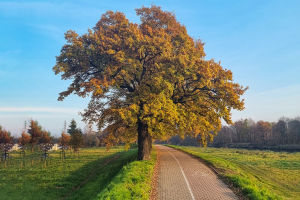 Discover the hidden wonders of oak trees: from food and medicine to industry and ecology.
Discover the hidden wonders of oak trees: from food and medicine to industry and ecology.
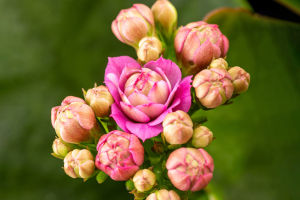 Discover the allure of Kalanchoe: vibrant blooms, easy care, and spring's transformative touch.
Discover the allure of Kalanchoe: vibrant blooms, easy care, and spring's transformative touch.
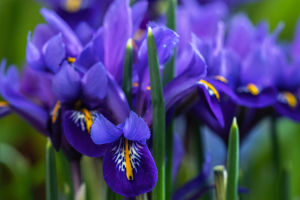 Iris: Earth's treasure, captivating with its diverse colors, shapes, and symbolism, evoking mystery and elegance.
Iris: Earth's treasure, captivating with its diverse colors, shapes, and symbolism, evoking mystery and elegance.
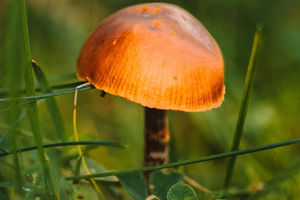 Embark on a gourmet journey with diverse mushrooms; taste, nutrition, and culinary versatility await!
Embark on a gourmet journey with diverse mushrooms; taste, nutrition, and culinary versatility await!
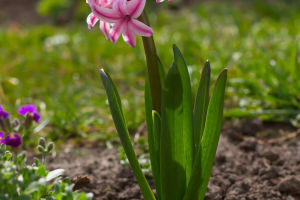 Hyacinthus is a popular bulbous flower.
Hyacinthus is a popular bulbous flower.
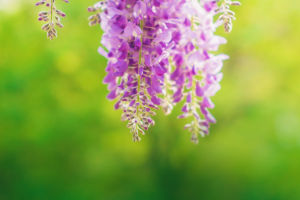 Wisteria is fast-growing, long-lived, twining, and strangling to other plants.
Wisteria is fast-growing, long-lived, twining, and strangling to other plants.
The remaining hyacinth resources were preserved through the efforts of enthusiasts like Alan Shipp, who established a hyacinth germplasm resource collection center in England.
Hyacinths are typically planted around October and bloom from March to April the following year. They can be grown either in soil or in water. Soil cultivation involves applying basal fertilizer in October, planting the bulbs, covering them with a thin layer of soil, and fertilizing around the budding and flowering stages.
On the other hand, water cultivation is relatively simple; bulbs are placed in glass bottles filled with water around October, and the water is changed every 3-4 days.
Cultivation Methods:
Division:
In June, bulbs are dug up and separated into large and minor bulbs. Large bulbs can flower in early spring the following year, while small bulbs require three years of cultivation before flowering. Since hyacinths naturally have a low division rate, usually producing only 1-2 small bulbs per mother plant per year, the division rate can be increased by performing castration surgery on the large bulbs during the summer dormant period to stimulate the growth of tiny bulbs.
Seeding:
Mainly used in breeding new varieties, seeds are sown in cold beds in the autumn in a cultivation soil, covered with a 1cm layer of soil, and germinate in late January to early February the following year. Seedlings from germinated seeds will bloom after 4-5 years. Under typical storage conditions, the germination power of seeds can be maintained for up to 3 years.
Selection and Purchase:
Nutrients needed for flowering mainly come from the nutrients stored in the bulbs and leaves. One can produce abundant and beautiful flowers by selecting bulbs with intact skins, fleshy scales without excessive wrinkles, and firm and heavy bulbs. Choosing bulbs with clear and firm skins, free from disease spots and insect damage, is essential.
Typically, the color of the outer skin can give a primary indication of the flower color it will produce. For example, bulbs with purple-red skins will produce purple-red flowers, while white skins will produce white flowers. However, some hybrid varieties may have more complex colors that are difficult to distinguish, requiring clarification from the seller before purchase.
After purchasing bulbs, they should be soaked in a fungicide solution and dried. To break dormancy, they should be refrigerated in the lowest compartment of the refrigerator for about a month before sowing. However, when removed from the fridge, they should be kept in a cool place for seven to eight days before sowing.

Soil:
Hyacinths prefer well-drained, moderately moist sandy loam soil with high organic matter content, good granular structure, and a pH level between 6 and 7; a cultivation soil mixture of 5 parts leaf mold, three parts garden soil, 1.5 parts coarse sand, and 0.5 parts bone meal is recommended. Before planting, chemical agents like formalin can be applied to the soil surface at a temperature of 10-15°C.
After applying the chemical, cover the soil immediately with plastic film. After three days of warm weather, remove the film, let it air for one day, and plant while keeping the soil moist. For field cultivation, avoid consecutive planting.